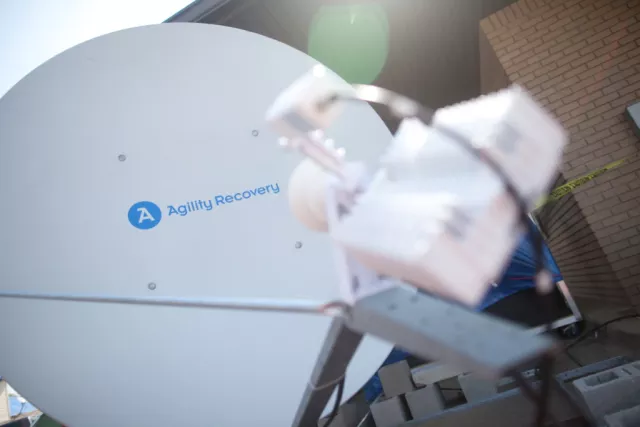Mitigating Supply Chain Disruption in 2022

The threat of supply chain and vendor disruption continues to increase in 2022, as we've seen in shortages of everything from semiconductors to wheat.
As the year moves forward, it's critical to implement a business continuity plan. Supply chain disruptions and third-party risk are still rising trends across every industry, and managing those risks will be vital to succeeding. Here are some ways to do that.
Understand Your Supply Chain
Though the pandemic is winding down, impacts on the supply chain continue to be a top threat to every industry. Developing a resilient supply chain is vital to success moving forward. To have a successful plan, you need to understand the current business continuity trends.
Form Strong Relationships
Companies are made or broken based on their relationships with their partners. For your business to secure its supply chain, you'll need to form strong partnerships at every level.
Assess Weak Points
As part of understanding your supply chain, you'll need to find weak points. Perhaps your business has a single point of failure, like sourcing from only one supplier. Regardless of the area, you need to document the weakest links in your supply chain.
Once you have, you can work on creating contingency plans for disruptions or for bolstering your resilience. Unsecured weak points will be the first to fail in future disruptions.
Risk Management for Third Parties
As part of understanding your supply chain, you'll need to find weak points. Perhaps your business has a single point of failure, like sourcing from only one supplier. Regardless of the area, you need to document the weakest links in your supply chain.
Once you have, you can work on creating contingency plans for disruptions or for bolstering your resilience. Unsecured weak points will be the first to fail in future disruptions.
Vet Your Partners
Confirm that vendors can meet the demands of your business. Understand that occasional delays or issues are likely to happen, but consistent issues are a red flag.
You'll also want to make sure they're financially stable. Vendors who aren't stable produce additional risks to your supply chain and cybersecurity.
Assess Connectivity Risks
Three-quarters of all breaches in 2021 occurred due to integrations with third parties. Before establishing a partnership, you need to assess your online integrations with third parties thoroughly.
Take the time to ask difficult questions about their security protocols. Partners with weak cybersecurity create an easy attack vector into your systems.
Evaluate the connectivity required for your partnership to succeed. Exposing your most sensitive networks is often unneeded and creates undue risk. Assess what systems will need to be integrated so you can make proper risk management plans.
Continual Checkups
Part of your third-party risk management should include routine checkups to validate that your security practices are still a good fit for you and your business.
Just as your risks and needs change, so do those of your partners. Take the time to reevaluate yourself and your vendors to ensure everyone's on the same page and update your continuity strategy documents.
Verify Contracts
Do your due diligence to ensure legal accountability and liability are properly managed to avoid any undue risks. Take the time to understand every major section of the contract, including liability and payment terms.
Mitigate Risks Through Business Continuity
As 2022 continues, expect supply chain disruptions to remain a threat. Another significant risk is unsecured third-party partnerships.
Evaluate Your Risk Potentials
As the first quarter ends, take the time to look at your risk management plans. If you don't have any yet, there's no better time than now to get to work. Look back through the last year and pick out issues you wish you had been more prepared for.
Review Your Supply Chain
Review your supply chain to isolate weaknesses and create contingency plans for future disruptions. Make sure you work with your suppliers and partners so everyone remains on the same page.
Evaluate the connectivity required for your partnership to succeed. Exposing your most sensitive networks is often unneeded and creates undue risk. Assess what systems will need to be integrated so you can make proper risk management plans.
Prepare for Disruptions
One constant in life is that things change. When it comes to your business operations, it holds true. Disruptions to service occur whether we want them to or not.
It's important to create plans so there's a clear path to recovering after any disruption. Without business continuity, disruptions last longer and are harder to recover from.



